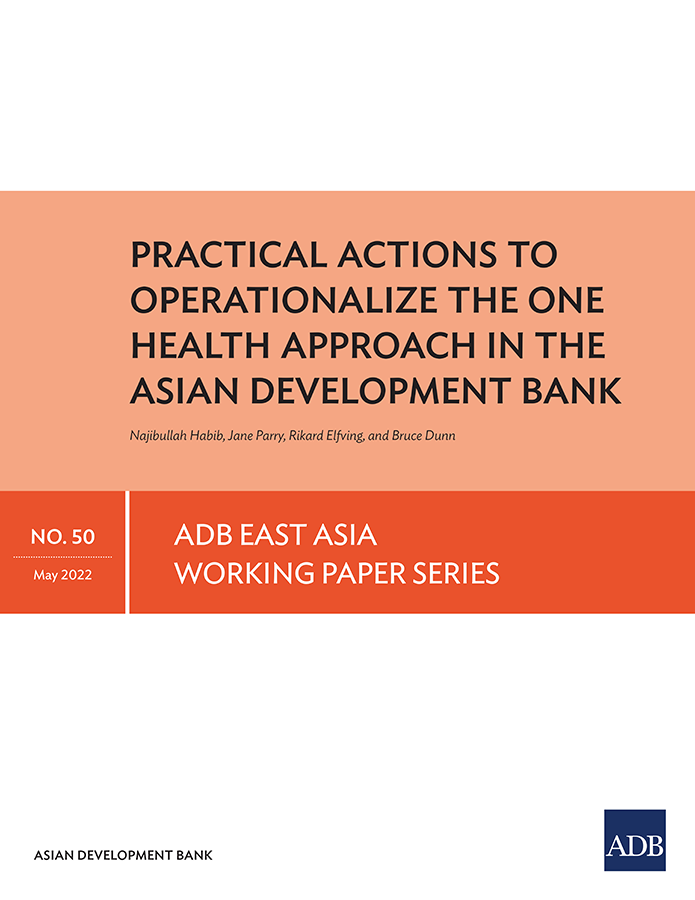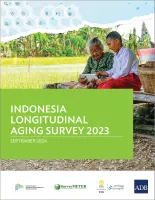Practical Actions to Operationalize the One Health Approach in the Asian Development Bank
This working paper explains how addressing development challenges that cut across human, animal, and ecological health needs an integrated, collaborative approach involving multiple sectors, disciplines, and levels of government.
The COVID-19 pandemic has dramatically illustrated the interconnection of humans, animals, and the ecosystem we share. COVID-19 is just the latest in a long line of human diseases that have made the leap from an animal source, as the accelerating encroachment of human habitation has led to biodiversity loss, pollution, and habitat degradation on land, in freshwater systems, and at sea.
Similarly, worsening climate impacts cut across human, animal, and ecological health.
Addressing such development challenges calls for an approach that starts from a simple premise: they are all interconnected, and their solution demands communication, coordination, and collaboration across multiple sectors, disciplines, and levels of government.
Enter One Health, a cross-sectoral approach that is collaborative, multisectoral, and transdisciplinary, with the common goal of delivering optimal health outcomes for people, animals, plants, and their shared environment. It advocates for a change of mindset, encouraging people to take a broader, systems-based approach to problem-solving.
This working paper examines how One Health can help tackle some of the biggest threats to development in Asia and the Pacific, including future pandemics, antimicrobial resistance, food security, pollution, and climate change. It provides practical steps on how to integrate and promote a One Health approach in the Asian Development Bank (ADB).
Contents
- Introduction
- What is One Health?
- Why Does One Health Matter to ADB and its Developing Member Countries?
- How to Integrate and Promote a One Health Approach
- Looking Ahead
- Appendix: One Health Tools
Published May 2022.



